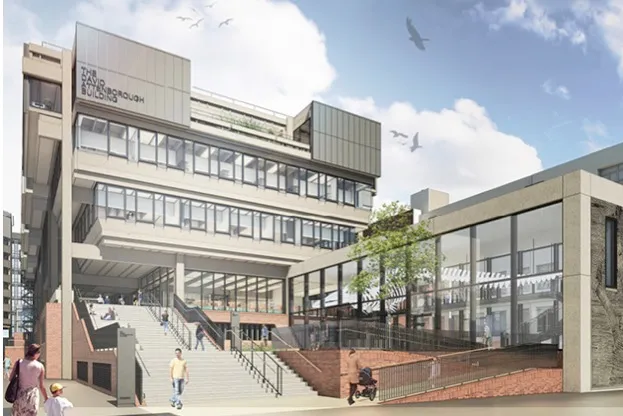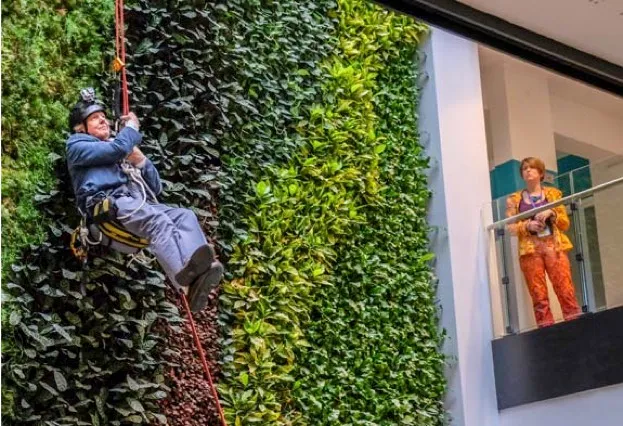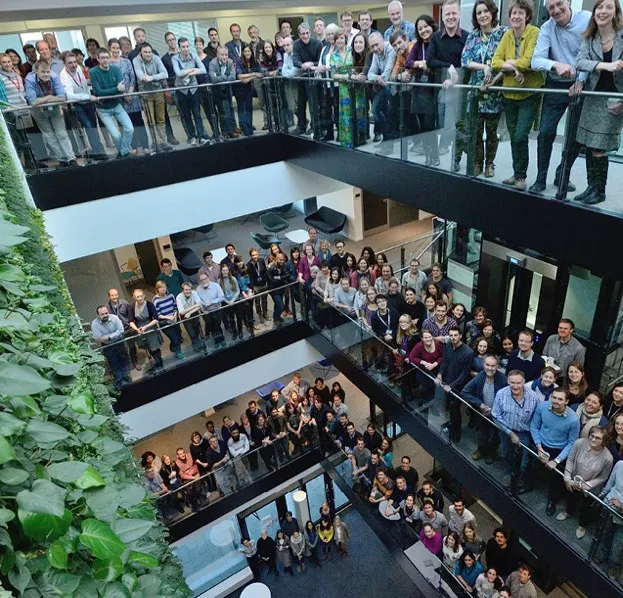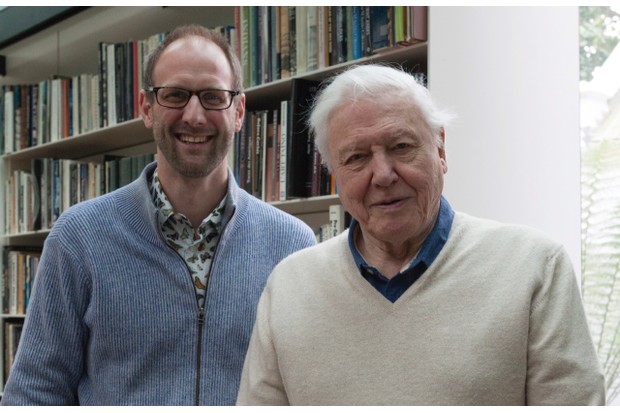After years of planning, Britain finally has a world-leading conservation hub dedicated to preserving the planet’s biodiversity. The idea for a conservation campus at a top university was first discussed more than two decades ago.
The David Attenborough Building forms part of the University of Cambridge, and on 6 April is officially declared open by the broadcasting legend after which it is named.
“It’s a very funny business, having buildings named after you,” Sir David told BBC Wildlife in an exclusive interview to be published in the magazine's Spring issue.
“Sure, it is a great compliment. You don’t want to sound as if you are somehow responsible for this institution’s existence or that you have funded it – you can’t take credit for that! But this offer was irresistible.”

© Nicholas Hare Architects
David studied geology and zoology at Cambridge University in the mid-1940s, and said that he is still very fond of the city.
“Cambridge is the place where I first saw the diversity of the world,” he said. “My eyes were opened. I suddenly went “Wow!”

Sir David Attenborough in his harness descending the living wall at the opening of the Cambridge Consevation Campus © CCI
The David Attenborough Building was formerly known as the Arup Building, and used to contain university laboratories for zoology, metallurgy and mathematics. It has undergone a £58-million revamp to transform it into a global centre of conservation excellence.
A dramatic ‘living wall’ covered in plants forms the centrepiece of the new centre, which houses over 500 biologists, conservationists and students and will provide a base for research, conferences, lectures and public events.
As well as university academics, the conservation campus will be used by experts from the World Conservation Monitoring Centre, Fauna & Flora International, BirdLife International, RSPB, British Trust for Ornithology (BTO), the Tropical Biology Association, IUCN and TRAFFIC.

© Phil Mynott/Cambridge Conservation Initiative
David Attenborough told BBC Wildlife that he was optimistic about what the new centre can achieve. “It is going to bring together all of these people concerned about the natural world. So it's going to be a huge melting pot. Wonderful things will happen.”
The building’s lower floors rehouse the University of Cambridge zoology museum. “This is one of the really nice things about the project,” Sir David said. “It has also got a historical perspective. Many of the museum’s specimens are of great historical importance.”
